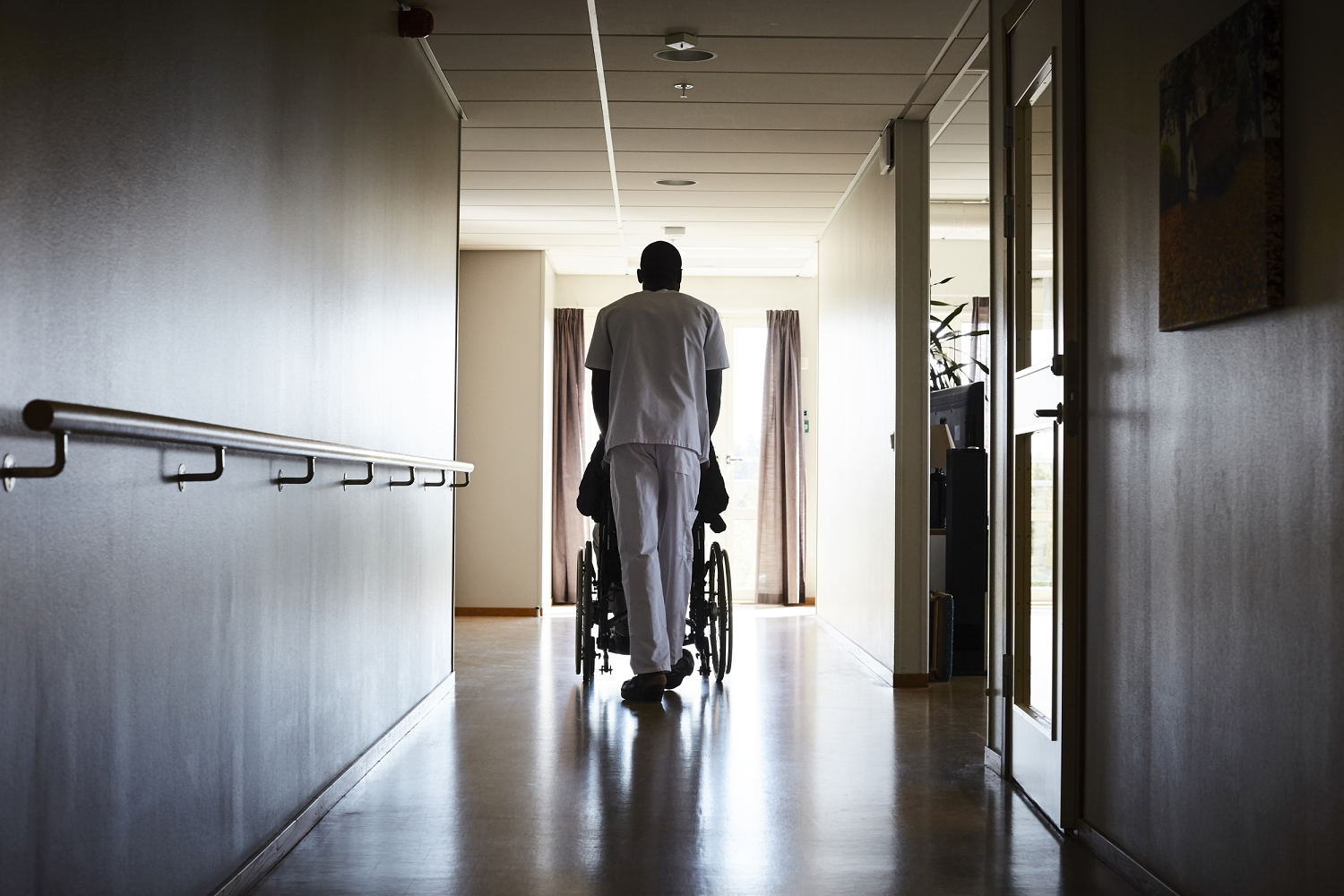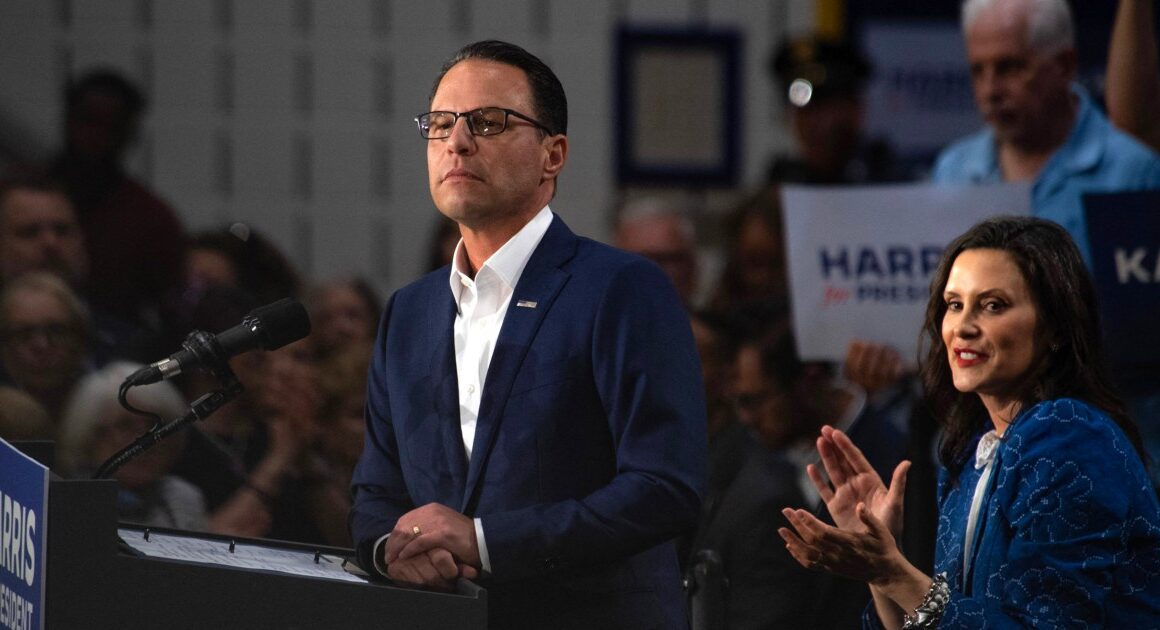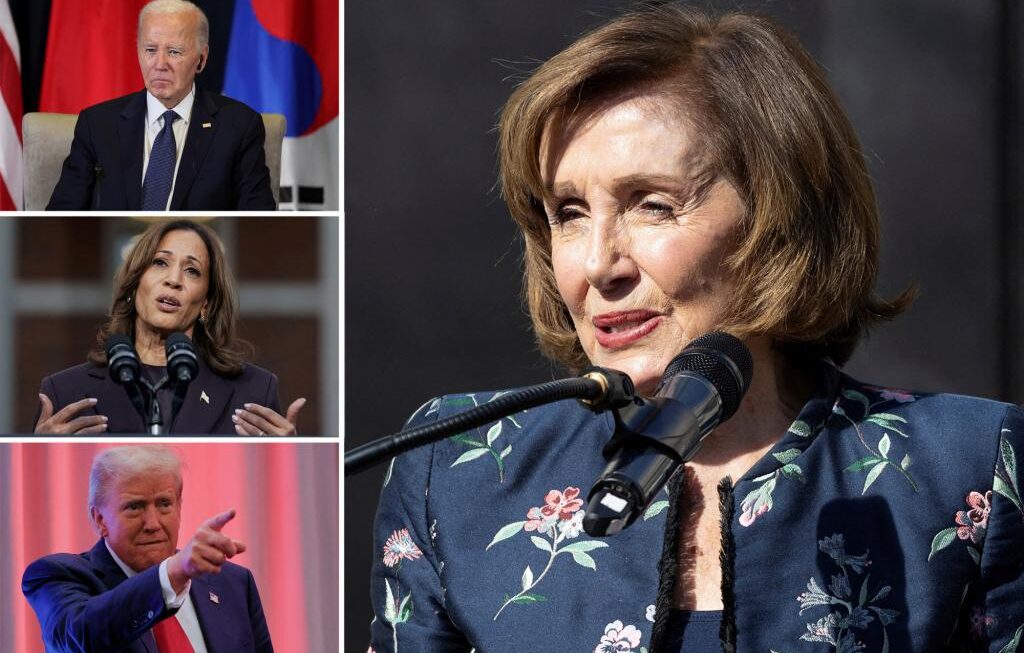
The United States is a perpetually optimistic country, so perhaps it is not unexpected that we don’t want to think seriously about what our aging population needs. It is a lot more pleasant to view retirement as a chance to finally visit that faraway vineyard you always meant to check out, not as an opportunity to get better acquainted with the nearby medical community. But we are all but ignoring a tsunami of neglect. The elder care offerings in the country are scattered, difficult to access and often unaffordable — altogether a practical and moral failure.
The most recent warning came courtesy of a report earlier this month by the Schwartz Center for Economic Policy Analysis at The New School. According to its calculations, in 2020, about 20 million Americans ages 55 and up needed assistance with daily tasks essential to living independently, from preparing meals to using the toilet. But almost 40% of those people — more than 8 million Americans — receive no help at all. Those who can’t get the help they need are at much greater risk of injury, disability and death.
Though younger generations expect this financial hit, they likely can’t afford it.
The breakdown in care is multifaceted. The vast majority of seniors say they want to grow old in their own homes. While Medicare excels at paying for immediate medical needs, it does not, for the most part, cover long-term home care. There are long wait lists for aides covered by Medicaid — a program meant to address the needs of those living in poverty or near poverty. The entire system pushes seniors to spend their final years in group settings, which can run the gamut from institutional nursing homes that accept government funds to four-star assisted living communities in which, when all services are totaled, can cost more than $10,000 a month.
The issues go on and on. Home health care aides perform physically challenging work for low pay. In the era of the Great Resignation, many are exiting the profession even as demand for their labor grows. The same is true for those working in nursing homes and assisted living complexes. There is even a shortage of geriatricians, the doctors best equipped to advise elderly Americans (and their concerned families).
As with child care, the assumption is that a close relation — usually female — will step in to provide uncompensated assistance. But all children have a parent or guardian responsible for their care. This is not true for the elderly, who might not have relatives living nearby — or any they are in contact with at all, an increasing likelihood in an age of fragmented families and a falling birthrate.
Still, care from a younger relative is indeed the most likely outcome. The New School’s research found that the most likely caretakers were children and grandchildren. And most younger Americans anticipate this: A poll conducted by The Associated Press and the NORC Center for Public Affairs Research, found a majority of Americans over the age of 40 say they expect to provide unpaid care to a family member over the next five years.
Yet, though younger generations expect this financial hit, they likely can’t afford it. It’s not simply lost work hours. According to a 2020 AARP study, 78% of unpaid caregivers spend their own funds on a family member or friend, at an average of $7,242 a year.
This crisis is simply unsustainable. And Washington gridlock has exacerbated it.
“The pressure of the growing elder care [crisis] stresses almost all families,” Teresa Ghilarducci, one of the authors of the New School report, told me. The damage isn’t just financial. Child care comes with a timeline of sorts: children get older and need less assistance. The end is a triumph: an independent adult. Elder care is, sadly, the opposite. The need gets greater and greater and greater, there is no predictability about it, and it is one emotional gut punch after the other. We expect to help infant children with their toiletry needs. No one can prepare for the day they need to do the same for a parent.
This crisis is simply unsustainable. And Washington gridlock has exacerbated it. Sen. Bernie Sanders’ pitch for Medicare for All — would have paid for desperately needed senior care in-home needs — was dismissed as fantastical. Biden’s Build Back Better plan initially allocated $400 billion to in-home care for the elderly and disabled, understanding, correctly, that caretaking is simply human infrastructure. The proposal was itself a bandage on a gaping wound — and it didn’t make it into the final bill to pass Congress.
No country comes even close to spending as much on health care as the United States, yet, as The New York Times recently reported, many other wealthy nations spend more of their gross domestic product on seniors’ long-term care needs. Our elder care crisis is, in many ways, a perfect example of what I’ve called America’s can’t-do mindset: a passive acceptance by voters of an intolerable situation. But inaction isn’t acceptable. There are 58 million people ages 65 and older in the United States, and they make up 17% of the population. Another 10,000 people join their ranks every day and will continue to do so through the end of the decade. By 2040, 1 in 5 Americans will count as elderly. They — and their families — need better than the failed status quo.
![]()




